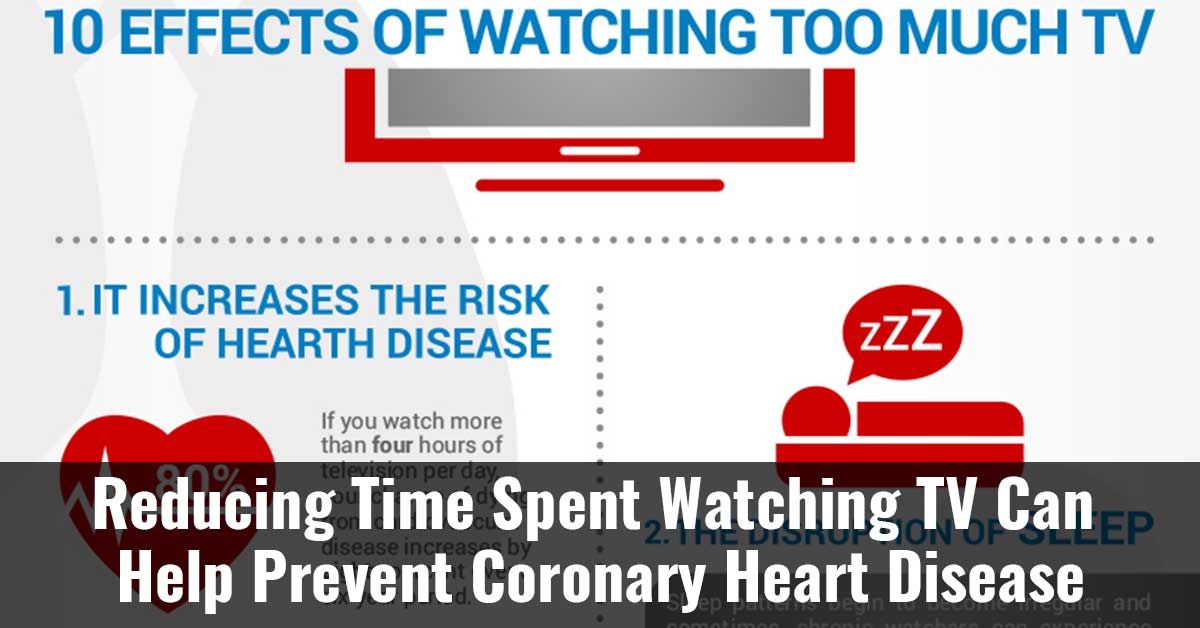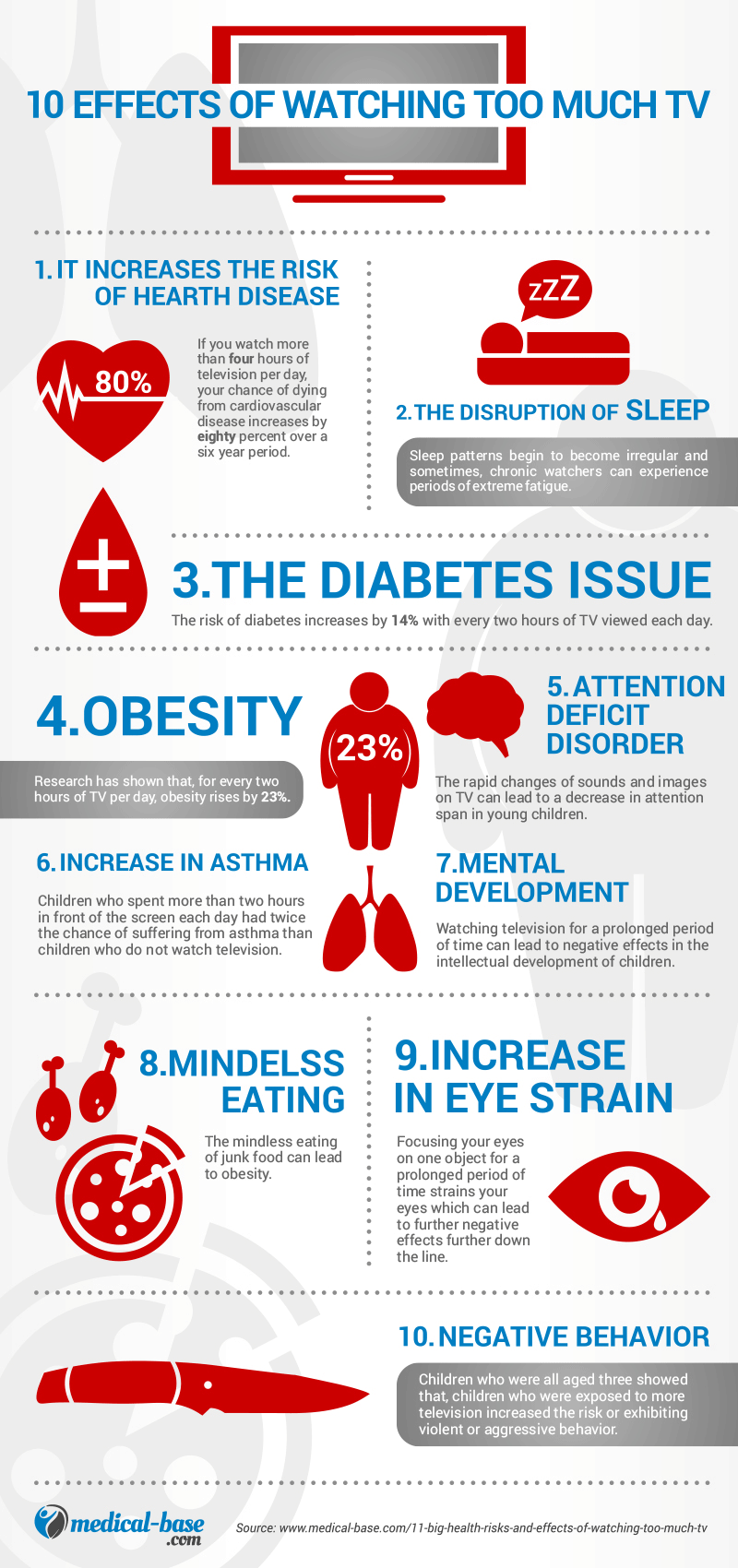According to researchers, excessive TV viewing is linked to an increase in coronary heart disease risk irrespective of the genetic makeup of an individual.1✅ JOURNAL REFERENCE
DOI: 10.1186/s12916-022-02380-7
Assuming a causal link, the researchers revealed that 11% of coronary heart disease cases can be prevented if individuals limited their TV viewing to less than 1 hour every day.
One of the main coronary heart disease risk factors is sedentary behavior, i.e. sitting for a long time as opposed to being physically active. In order o look at the association between screen-based sedentary behavior time which included TV viewing as well as leisure-time computer usage, the DNA of a person, and their coronary heart disease risk, the researchers analyzed data from the UK Biobank, a study including more than 500,000 individuals who’ve been prospectively followed up for approximately 12 years.
Polygenic risk scores were created for each person, which is their genetic risk of coronary heart disease determined by 300 genetic variants that are known to influence their likelihood of developing the disease. People with high polygenic risk scores had the highest risk of developing coronary heart disease.
Individuals watching more than 4 hours of TV daily had the highest risk of the condition, irrespective of polygenic risk score. In comparison to these people, individuals who watched 2 to 3 hours of TV daily had a relative 6% reduced rate of developing the disease, while individuals who spent less than 1 hour of TV viewing had a relative 16% reduced rate.
Time spent leisurely making use of a computer didn’t seem to influence the risk of the disease. People who watched TV for less than 1 hour daily had less chance of developing the disease, independent of their genetic risk.
Reducing the amount of time spent viewing TV can be a helpful and relatively easy lifestyle change that may especially help people who are more genetically predisposed to coronary heart disease to reduce their risk.
According to the researchers, coronary heart disease is one of the leading causes of premature death, and implementing methods to help individuals in managing their risk by modifying their lifestyle is vital.
The WHO recommendations are to reduce the amount of sedentary behavior and substitute it with physical activity of any kind of intensity to keep healthier. Although it isn’t possible to state with certainty that coronary heart disease risk is increased by sitting while watching TV due to measurement error and a variety of potential confounding factors, the study supports the guidelines of the WHO. It indicates a simple, measurable way for people with a high genetic coronary heart disease risk as well as the general population to achieve this goal.
According to the researchers, several potential reasons could explain the association between watching TV and coronary heart disease risk, and particularly why no association was found with computer usage. Watching TV is likely to take place in the evening after dinner, usually the most calorific meal, resulting in higher lipid and glucose levels in the blood. Individuals also usually snack more while TV viewing in comparison to when surfing the web. Finally, TV viewing is usually prolonged, while people using their computers are probably more likely to take more activity breaks.




